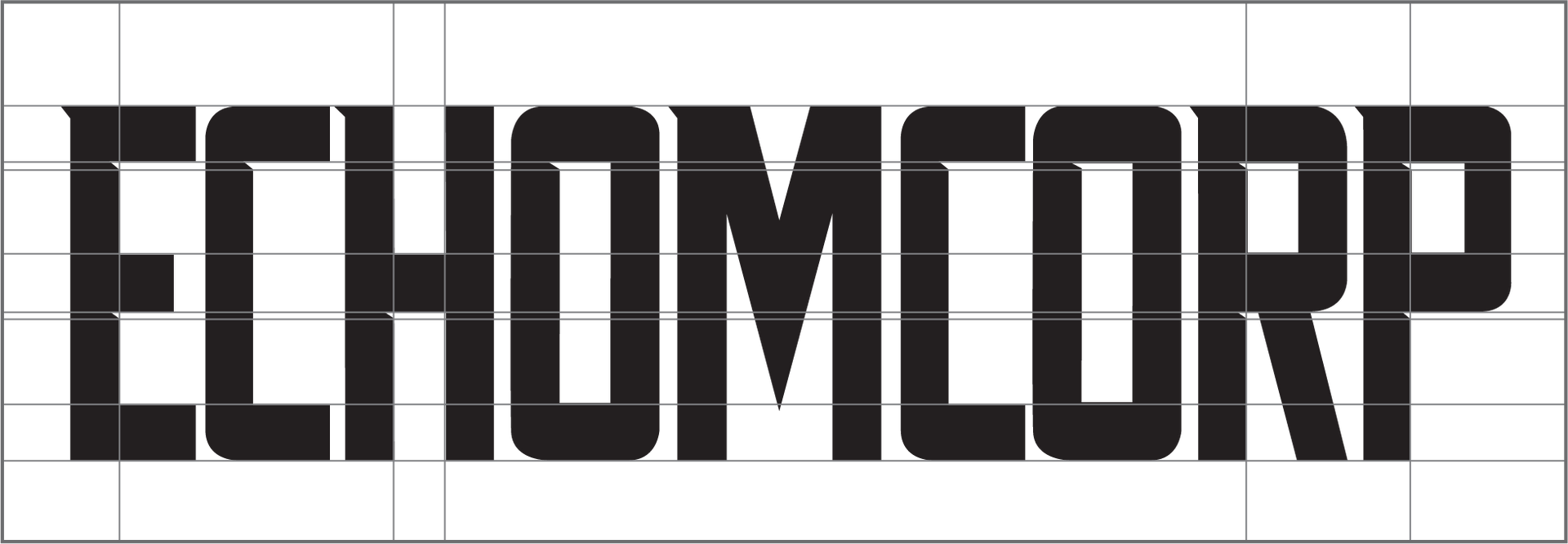We Offer Quality Craftsmanship and Detail in Our Screen Printing
ECHOMCORP provides quality screen printing services, all done by hand, in our shop in New York, NY. Our screen-printing technique involves using a stencil, also known as a screen, to transfer ink onto a surface. The screen is made of a mesh material stretched over a frame. The stencil is created by blocking out areas of the mesh using emulsion, a light-sensitive chemical compound that is applied to the screen using a scoop coater. Ink is then applied to the top of the screen, and a squeegee is used to press the ink through the unblocked areas of the mesh and onto the surface below. This process can be repeated multiple times to create a multi-colored image or design. Our screen printing is ideal for printing designs on various garments and other surfaces.
Our Screen-Printing Process
- We accept artwork from our customers, or our graphics department can create an original design for you.
- Once the customer has approved the design, the artwork is printed onto a clear acetate where the media used is clear and printed in black ink.
- After the screens are prepped, we use aluminum frame screens with wire mesh. The “mesh count” is calculated by the number of interlocking strands of mesh in a 1’ x 1’ area. Screen mesh counts typically range from 110 to 200.
- The screen must then be washed, degreased, and dried in a large cabinet.
- Once dried, the screen is coated with a chemical compound called emulsion. This emulsion is a light-sensitive liquid applied to the screen using a scoop coater. The emulsion covers the screen to lock in and close the mesh from allowing anything to pass through it, like ink. It then goes back into the drying cabinet to dry.
- After the screen is dry, it is kept inside a dark room with little light, usually red or amber light, so the emulsion does not expose in that wavelength.
- We then pair the coated screen and the printed artwork, centering the artwork on the x and y-axis to ensure proper registration when the screen is loaded to the press.
- To transfer the artwork to the screen, we place the screen and artwork in an exposure unit. This is done because the screen coated with emulsion is sensitive to light. When placed in the exposure unit for the right amount of time, the LED lights will shine through the screen, “burning” the black ink from the artwork through the emulsion.
- Once the exposure unit has completed the emulsion, the area outside the shape of the artwork will leave the screen mesh locked so nothing can pass through it.
- We then rinse the remaining area - the exposed area of the artwork - to remove the emulsion and let it dry.
- After that, we load the screen onto the screen-printing press and load ink onto the screen.
- We load the garment onto the aluminum board attached to the screen-printing press, also known as the platen.
- The screen should be aligned with the platen and fall into registration.
- Using a large rubber squeegee, we drag the squeegee along the screen to pass the ink through the parts of the screen not locked by emulsion.
- This pass will transfer the ink through the screen to the garment, revealing the artwork below.
- We then dry the garment in a large conveyor dryer between 200 and 300 degrees to burn the ink into the garment’s fibers.
For more information about our screen printing services or to request an estimate, call us today at 845-799-0451.






